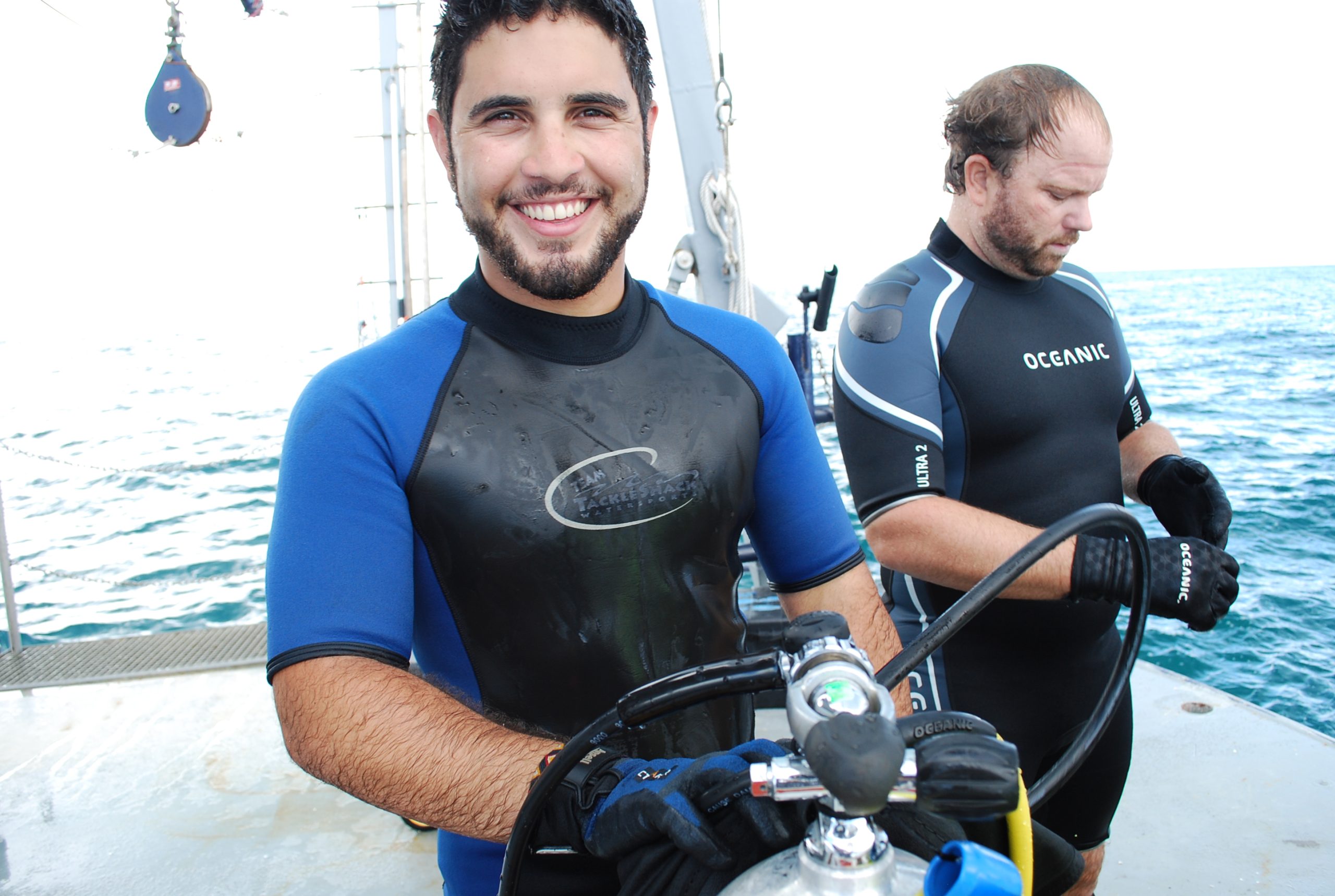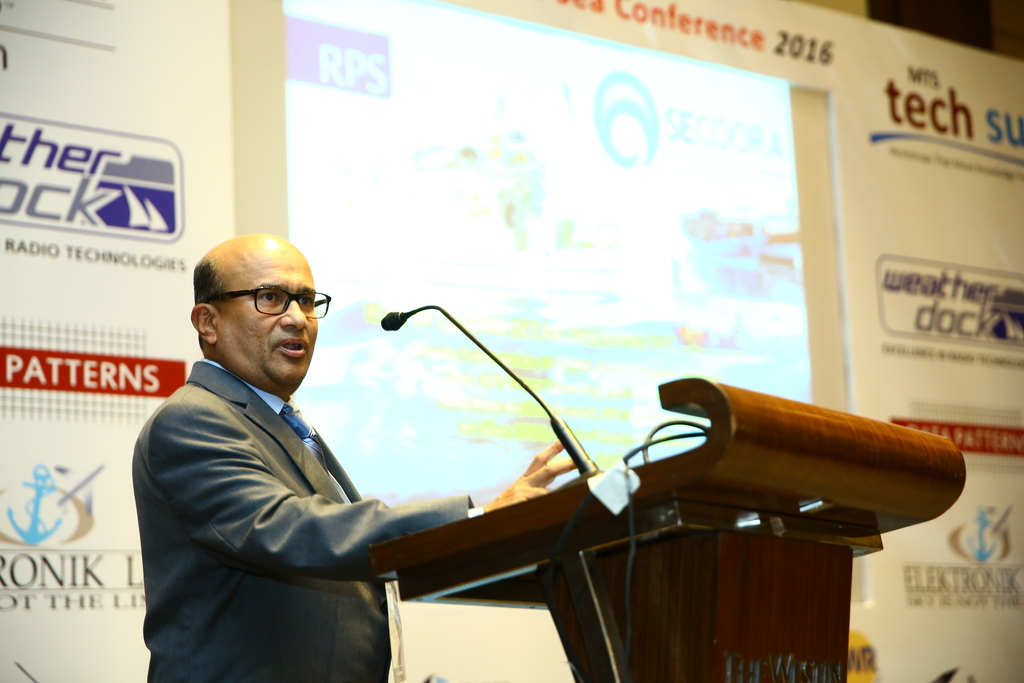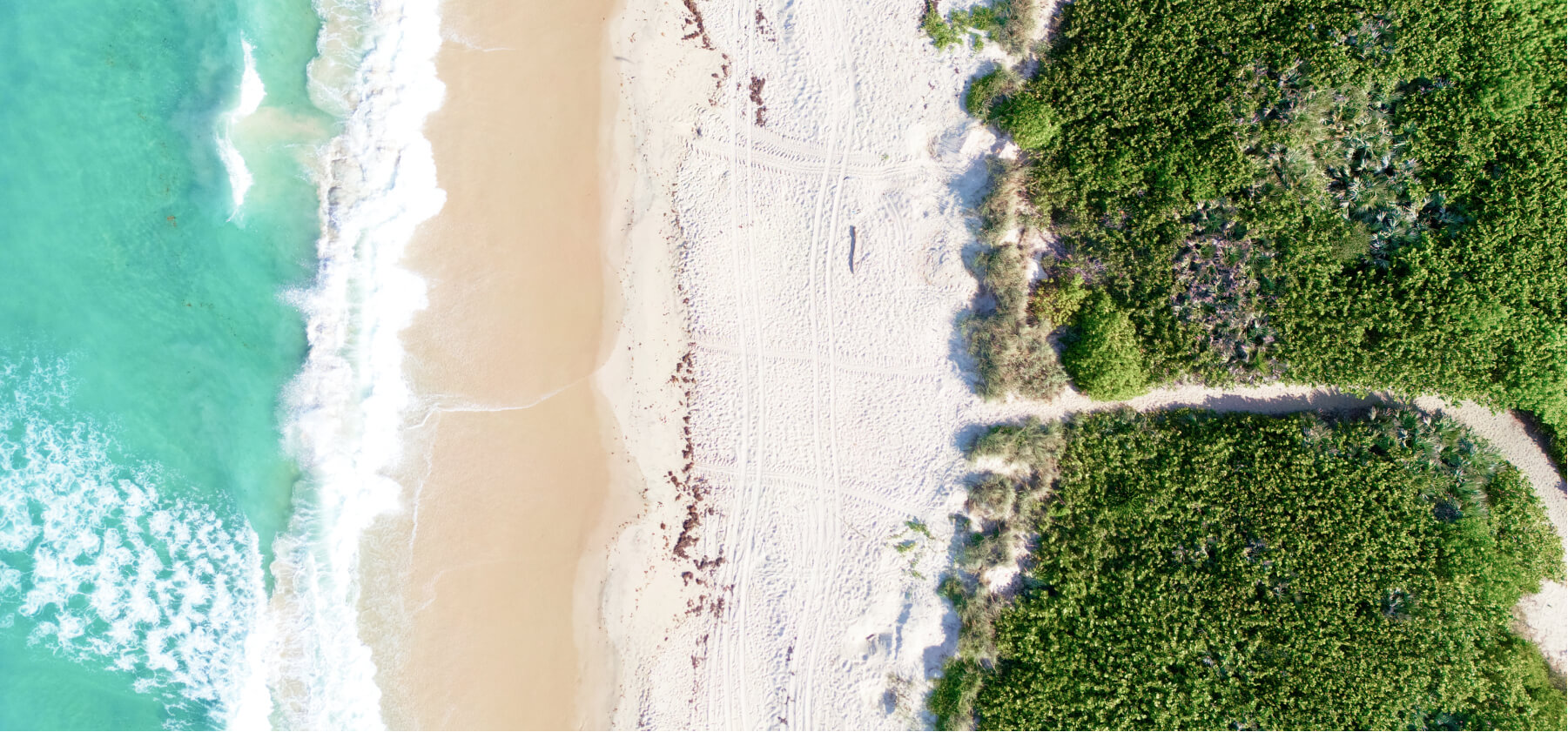
Hosting Interns
At SECOORA, we believe in the power of internships in shaping the future of the ocean workforce and allowing students to take a behind the scenes look at all the work that goes into coastal ocean monitoring.
We provide hands-on internships experiences by hosting independent interns and partnering with the IOOS to host a NOAA Hollings Undergraduate Scholar or Educational Partnership Program (EPP) Intern at our member institutions.
Taking Students to the Field
In collaboration with industry and University of South Florida Coastal Ocean Monitoring and Prediction System (USF COMPS), we have taught over 200 undergraduate students about the importance of real-time sensors in the field.
Each semester, USF undergraduate science students are given tours of two technologies: a YSI Xylem sonde system and a metrological station. Led by a USF College of Marine Science professor and an industry representative, students learn how to collect water quality data, use a sonde, explore data trends on the SECOORA data portal and answer questions such as “what is biofouling?” and “why is in-situ monitoring important?”.
Science Festivals
SECOORA actively participates in science festivals, collaborating with esteemed partners to promote awareness and engagement in marine science and ocean observing systems. Through educational exhibits and interactive experiences, we aim to foster curiosity and understanding in various aspects of ocean research.
Take a glimpse into our involvement in a selection of past Science Festivals:

Student Opportunities
SECOORA offers two exciting opportunities for both students and early career professionals.
Our Data Challenge inspires students and young professionals to craft competitive proposals and develop innovative solutions with data from SECOORA.

